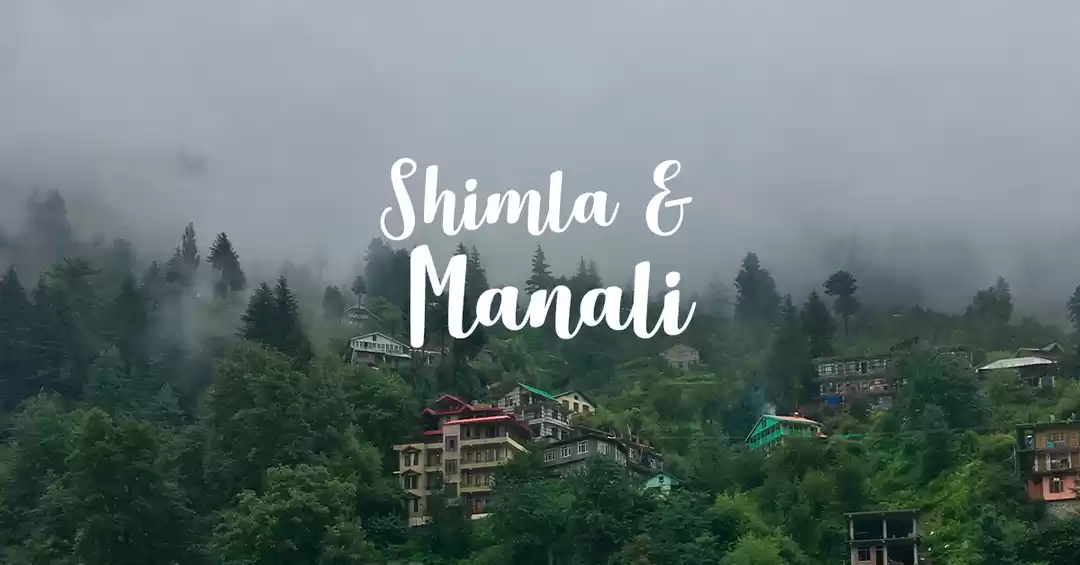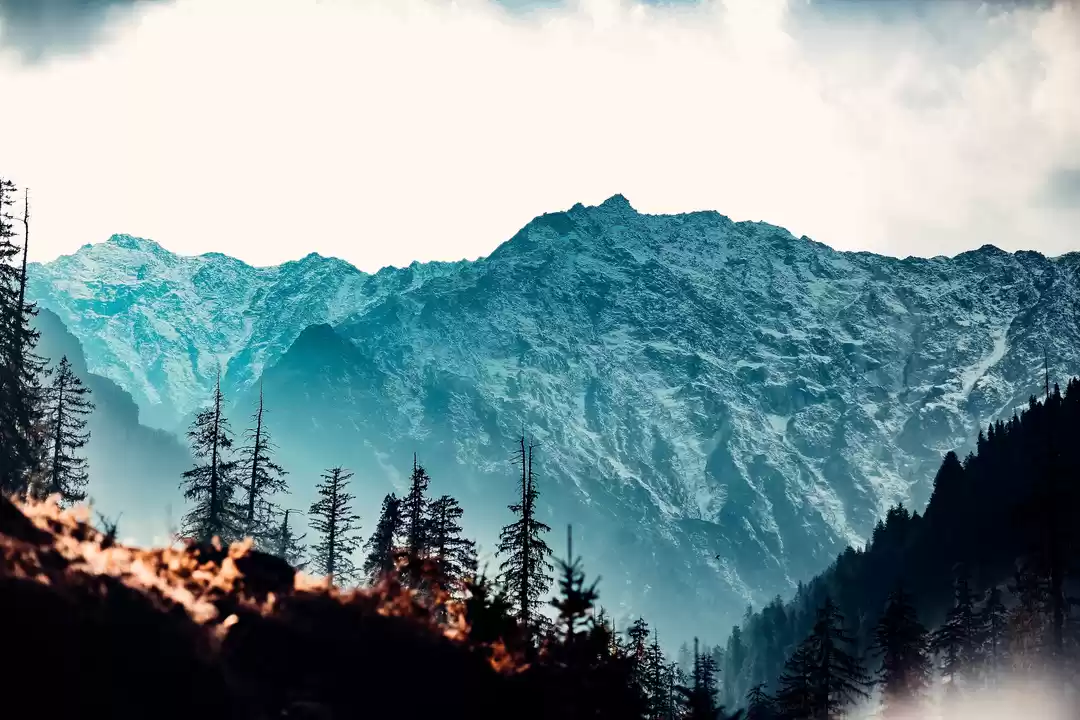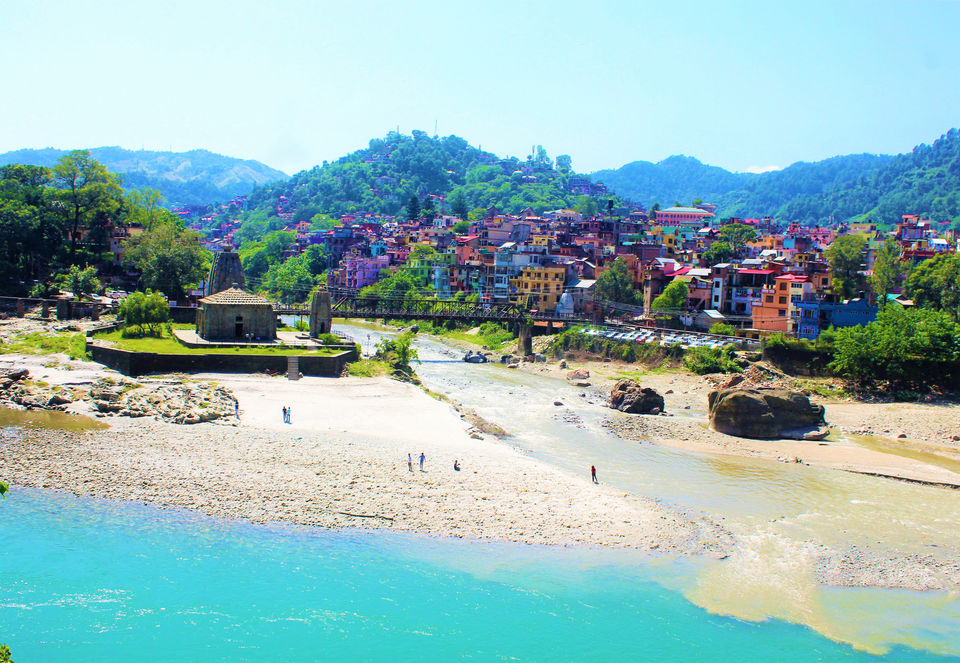
" अजि सब आया एक ही घाट से, उतरा एक ही बाट..
बीच में दुविधा पड़ गयी, हो गए बारह बाट..
घाटे पानी सब भरे, अवघट भरे न कोय..
अवघट घाट कबीर का, जो भरे सो निर्मल होए .." -कबीर
Yes you heard that right "Varanasi in Himalayas". There is Varanasi in the great Himalayas ranges too. Nested in the north-west Himalayas at an average altitude of 850 meters (2,790 ft.), experiences pleasant summers and cold winters. Mandi, "The Varanasi of Himalayas" or "Choti Kashi" of India or "Kashi of Himachal as there are 81 temples in Mandi whereas 80 temples are there in Kashi (Banaras or Varanasi). Spiritually enlightening and amazingly photogenic, Mandi is decorated with shimmering lakes, pious temples and breathtaking landscapes. The city has a remarkable collection of religious sites that draws inspiration from a variety of religious denominations. The historically eminent, spiritually significant and amazingly panoramic Mandi is spread out along the banks of River Beas. Lying on the banks of River Beas, Mandi also displays some old palaces and exquisite form of colonial architecture. With a blend of warm and cold weather, the city housing the lakes and gardens provide for its travelers a breath of fresh air. Serving as a gateway to some famous valleys such as Kullu, Manali, Lahaul and Spiti. Mandi the Varanasi of Himalayas, has no dearth of places that can provide relief to both the mind and soul.

Distance :-
The distance of Mandi from national capital New Delhi is 435 km (270 miles) approx.
Mandi is connected from Chandighar via NH205 and NH154 which is 184 km (115 miles) approx.
Distance from Pathankot is 220 km (137 miles) approx.
HOW TO REACH :-
Mandi is very well connected by Road and air by through all the places of North India. You could reach Mandi through road, rail and air any medium.
By Road :-
Mandi is very well connected by road through all of north India, and all the major town of India. All buses traveling to Manali from New Delhi or Chandighar stops there. Or you can hire a taxi from New Delhi or Chandigarh buy that costs you more than HRTC bus. There are frequently Volvo AC or Non AC HRTC buses from New Delhi and Chandigarh.
From New Delhi it takes almost 11 hours and costs you 1250 rupees approx. (HRCT HIMSUTA AC VOLVO) and 575 rupees approx. (HRTC ORDINARY).
From Chandighar it takes almost 7 hours and costs you 700 rupees approx. (HRTC HIMSUTA AC VOLVO) and 340 rupees approx. (HRTC ORDINARY).
By Air :-
Mandi is also connected by air, the nearest airport from Mandi is Bhuntar airport Kullu. Which is about 60 km (38 miles) from Mandi. From Bhuntar airport you can hire a taxi or travel by bus.
By Rail :-
Nearest broad gauge railway station is Chandighar, which is 184 kms. From there you have no other choice left either you can travel by HRTC bus or hire a taxi.
But if you are a hardcore train lover you can travel by train to Pathankot from New Delhi. From there a narrow gauge mountain railway junction joints Pathankot to Joginder Nagar which is 165 kms (103 miles) long and takes more than 8 hours. The distance from Joginder Nagar to Mandi has to be covered by road which is 55 kms (35miles).
But I advise you not to travel by train. It’s Slow and Time consuming. Traveling by road is faster and better, because first - it's fast and second - it's cheap.
Widely known for the International Mandi Shivaratri Fair and the first heritage city of Himachal Pradesh. Mandi, “The Varanasi of Himalayas”. The town was founded in 1526 AD and at the creation of Himachal Pradesh on 15 April, 1948 it made the district headquarter by merger of the two princely states of Mandi and Suket. The one time capital of the princely state of Mandi formerly known as Madhav Nagar, is a fast developing city that still retains much of its original charm and character. The city also has the remains of old palaces and notable examples of ‘colonial’ architecture. The city had one of the oldest buildings of Himachal Pradesh. Mandi is almost at the geographical center of Himachal Pradesh, lying along with the left bank of the river Beas in the foothills of Shivalik ranges of Himalayas. Packed with a thick green cover of pine and deodar trees. Surrounded by the Shivalik ranges of Himalayas, Mandi is decorated with shimmering lakes, pious temples and breathtaking landscapes. There are more than 300 temples in Mandi which are dedicated to Hindu god and goddesses. For its temple architecture, old palace and rich traditions, Mandi is so often considered as the cultural capital of Himachal Pradesh.


Those who love to enjoy the landscapes and natural beauty, than Mandi is the place for them. Mandi is blessed with some of the most breathtaking and picturesque views of Shivalik ranges of lower Himalayas and valleys. Mandi,”The Varanasi of Himalayas” situated at the junction of Kullu and Dharamshala. Here, you can enjoy adventurous activities like trekking, night safari and mountaineering. You can go for trekking at Janjhehli, which is almost 100 kms (62 miles) from Mandi and located at an elevation of 3300 meters (10825 ft.) above sea level. For wildlife enthusiasts, there is the famous Shikari Devi Wildlife Sanctuary, which is almost 110 kms (68 miles) from Mandi, is home to multiple species of animals including leopard, Goral, black bear, barking deer, musk deer and Himalayan black bear. On the trip to Mandi, you can immerse yourself in Himachal Pradesh's religious heritage, tradition and culture. If you wants to step away from the city for a quiet getaway, then you must include Mandi in your travel wish list.




CLIMATE :-
Mandi city falls in the lower most climatic zone of the Himalayas. Mandi experiences pleasant summers and cold winters. Most probably having hot summers and cold winters. The average temperature during summer is between 18.9 °C (66.02 °F) to 39.6 °C (103.28 °F). But in winter the temperature can dip to 3 - 5 degree Celsius and heavy woolen clothing is essential. During the monsoon Mandi experience heavy rain fall around 101.6 millimeters, the total yearly average rain fall is around 832 millimeters.

Where to Eat :-
Mandi is a small city but it is also the commercial hub of Himachal Pradesh with its fair share of good restaurants and eating joints which serve continental, north Indian and local cuisines. There are some of the best restaurants in Mandi which offer scrumptious and delicious food.
A small cafe which is basically serve Chinese and Tibetan food, but the taste they have, you’ll not going to found in whole Mandi. Noodles is more than good but Momos were must try.
Previously a part of the residence of the Royal Family of Mandi now turned into a hotel. Raj Mahal Palace with its well-kept gardens and classical music playing in the background is one of the better places to relish a meal. As it is a palace so they serve all kind of cuisine such as Himalayan, North Indian, South Indian, Chinese, Tibetan and continental. The food is very delicious and mouthwatering.
Located in the heart of main market, this is the place where you must eat once. Although there is “Himalayan” in their name but they basically serves Chinese and continental food and some shakes which are very delicious. You must try white sauce pasta here because I found it slightly different from the others.
The cafe has an antique colonial feel to it. The specialties include Chinese and Italian cuisines. It's also worth mentioning that the coffee and tea here are great also. The prices are also not too high
Night Life :-
If you are a party animal or a person who love a city’s night life, than you are not alone there are so many people comes to Mandi as tourists to enjoy Mandi’s night life. Although Mandi is a small town but the whole city become alive after the sun goes down. In the evening citizens and the tourist all come on the streets of the main market. There are also some bars in Mandi which became alive by the crowd of tourist after the dark.


The Raj Mahal Palace offers the chance of a civilized drink in the gazebo of a tree-shaded garden, which looks far more appealing after dark.



Bhimakali Temple of Mandi, a renowned and the popular pilgrimage destination in Mandi Himachal Pradesh, can also be visited for the fascinating and spectacular natural scenery. Stationed on the bank of river Beas Bhimakali temple is an important religious site in Mandi. The location of the temple also makes the temple surroundings a photogenic beauty. Historic and architectural marvel Bhimakali temple is dedicated to Goddess of Bhimakali. As per the Hindu methodical believe, at the time of Mahabharata (one of the major Sanskrit epics of ancient India) it is said that when the Pandavas in exile for 12 years, they spent few time in Mandi. The Bheem (one of the Pandavas) meditated here and worshiped Goddess Kali. Later in the 14th century Raja Ban Sen (The King of Mandi) built a temple here.



It is also believed that this is the only sight on this earth which has witnessed the Great War between Lord Krishna against the Banasura (The King of Demons). During the times of Lord Krishna, a great battle was held between him and Banasura (the King of Demons) at this place. It is said that the head of the Banasura (the king of Demons) was buried in facade of entry gate of the temple.


The sole attraction of the Bhimakali temple is its architecture. A rich amalgamation of different sects-Hinduism and Buddhism in its building structure. Emerged out as the marvelous structure, Bhimakali temple is adorned of wooden carvings bringing near to the people for the natural essence. Each and every carving on the walls of the temple depicts about the story of Goddess Bhimakali. There is a museum inside the Bhimakali temple which exhibits the exclusive images of Hindu Gods and Goddesses. Where the idols of other Indian Gods and Goddess are there either as painting or craved on the walls of temple.


This is one of the most important and oldest temple in Mandi Himachal Pradesh. Built in 1520 AD by Sultan Devi (Her Majesty the Queen of Mandi), the queen of Raja Ajber Sen (his Majesty the King of Mandi). Triloknath temple, located in the Purani Mandi (Old Mandi) is the one of oldest shrine (dedicated to Lord Shiva) in Mandi. From here one can witness the spectacular views of Mandi city and the Panchbakhtar temple. Here you can see the divine sculptures of Lord Shiva and Goddess Parvati inside the temple. There is a stone image of three faced Lord Shiva and Goddess Parvati, who is riding on the Nandi Bull. Lord Shiva manifest as the all-powerful lord presiding over the three worlds of heaven, earth and hell that is depicted in the three headed idol at the Triloknath temple. The shrine also has sculptures of Goddess Narda and Goddess Sharda, along with that of few other Hindu Gods and Goddesses. It is an ancient temple built by the carved stone pillars. There are many sculpture of Hindu God and Goddess carved on the stones inside the temple complex.



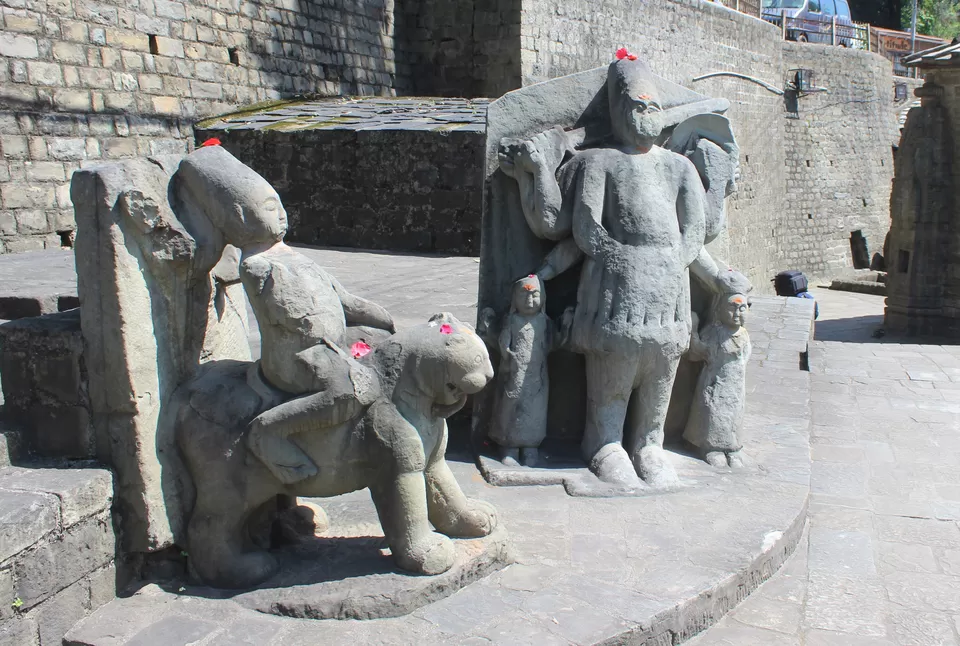



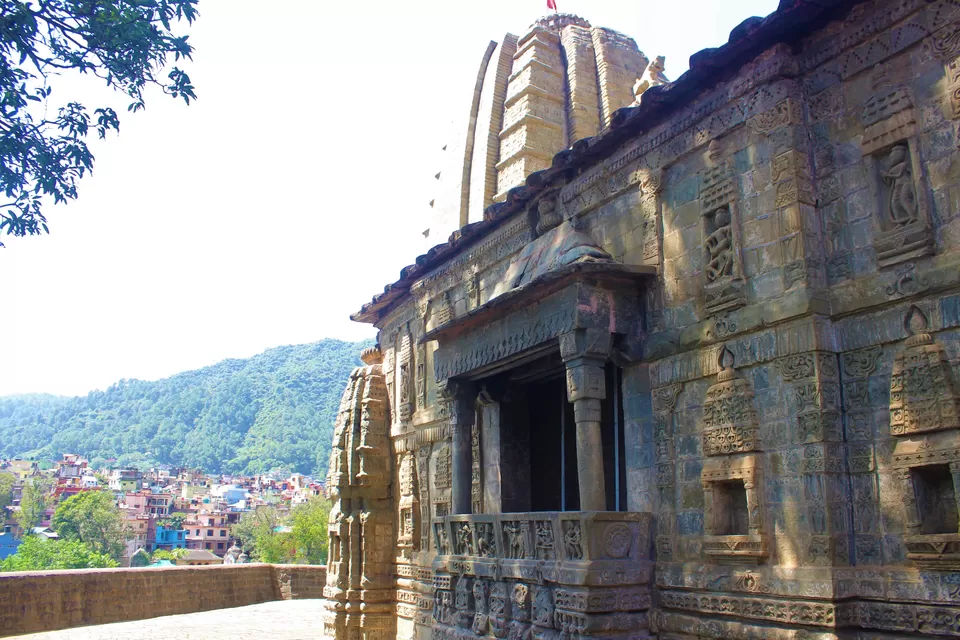

Dedicated to the five headed Lord Shiva the Panchbakhtar temple is a highly revered shrine in Mandi. The Panchbakhtar temple Situated at the confluence of the Rivers Suketi and Beas. The serene beauty of the Panchbakhtar temple attracts a large number of tourists. The temple was built in a huge platform. The temple is built in the typical Shikhara architecture style which looks astounding. The temple is supported by 4 minutely carved stone pillars. It's a peaceful place, the tranquility descends in the aroma of the Panchvakta temple. The temple has very scenic surroundings. Temple got its name from the five faced statue image of Lord Shiva, the one who holds the five elements earth, water, air, fire and ether together. Out of five faces only three can be seen when viewed from the front.




The foundation date of the Panchbakhtar temple is still unknown. As per the historical facts, the Panchbakhtar temple was restored under the reign of Raja Sidh Sen (His Majesty the King of Mandi) during (1684-1727) AD. It is one of the protected monuments which comes under the Archaeological Survey of India and has been declared a national site.



Mandi also has a connection with Sikh religion. Guru Gobind Singh Ji, the 10th Sikh Guru (Dasvin Patshah) spent some time in Mandi, Himachal Pradesh. He stayed in Mandi during the time when he was waging a war against Aurangzeb (The Mugal Emperor). Guru Gobind Singh Ji or Dasvin Patshah came to visit the area on the invitation of Mandi's ruler Raja Sidh Sen. Guru Gobind Singh Ji stayed in Mandi for a little over six months. His tents were set up on the bank of the nearby River Beas.

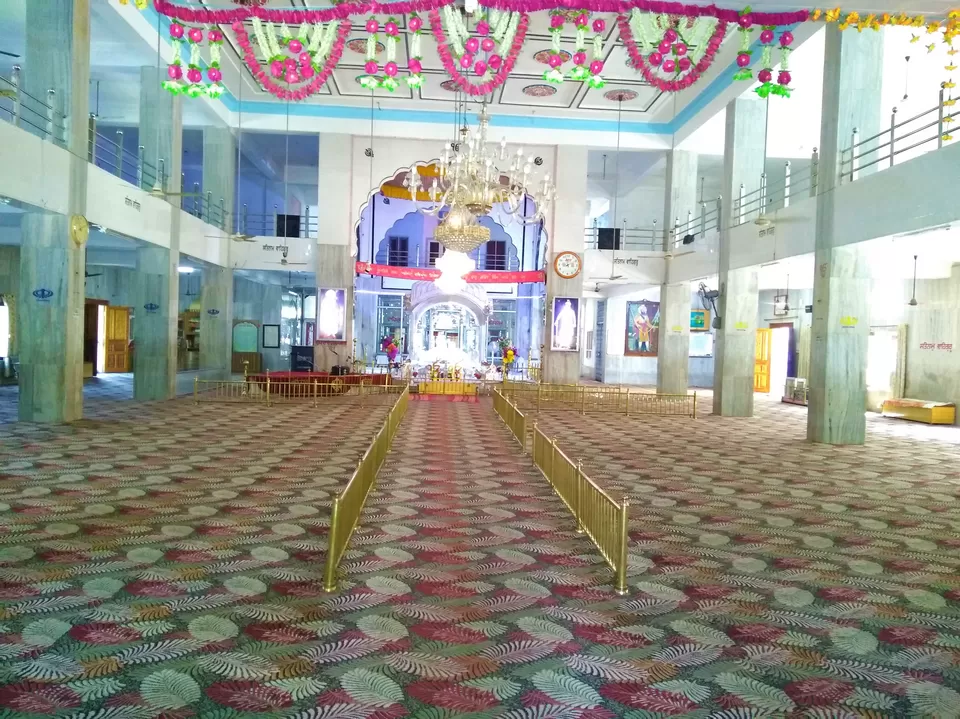


A majestic Gurudwara was constructed on the bank of the river Beas is known as Gurudwara Palang Sahib. A bed (palang) housed in this Gurudwara is believed to have been used by the Guru Gobind Singh Ji. Some of the belongings of Guru Govind Singh Ji are still preserved here. His bed, rabab (musical instrument), his musket gun, and a mattress can be seen inside the Gurdwara. There's also a rock in the river Beas on which Guru Sahib is known to have often sat in meditation, during his stay in Mandi.



On the Tarna hill top, 300 ft. above Mandi, located a divine shrine of Tarna Devi. The Tarna Devi temple is dedicated to Goddess Shyama Kali –incarnation of Goddess Parvati. According to Hindu philosophy a woman has two sides to her nature, one extremely tender and the other highly ferocious. In the idol of Goddess Shyama Kali (Tarna Devi) depicted her in the form of Rudra Roop or the fearsome form with a garland of human skulls and protruding tongue. Being a consort of Lord Shiva, the goddess Shyama Kali is worshipped for her ferocity in dealing with evil. The Shyama Kali Temple (Tarna Devi) was constructed in the 17th century. It is said that whatever you wished at the temple gets fulfilled. This temple also has many beautiful paintings of Gods and Goddesses. Inside the temple, there is a 3 faced statue of the goddess Kali. Tourists have to climb 305 stairs to reach the temple or you can hire an auto rickshaw or a taxi.



Located on top of a hill, the temple provides a spectacular scenic views of surrounding mountains. Nested in the middle of the dense forest, surrounded by the breathtaking views of snow-capped mountains is also one main reason to be here.

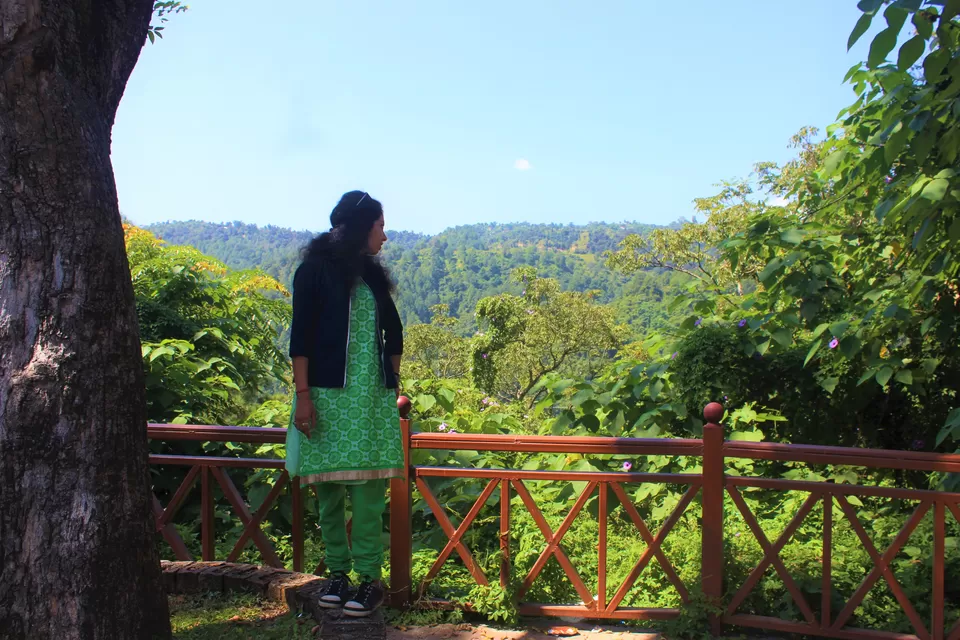

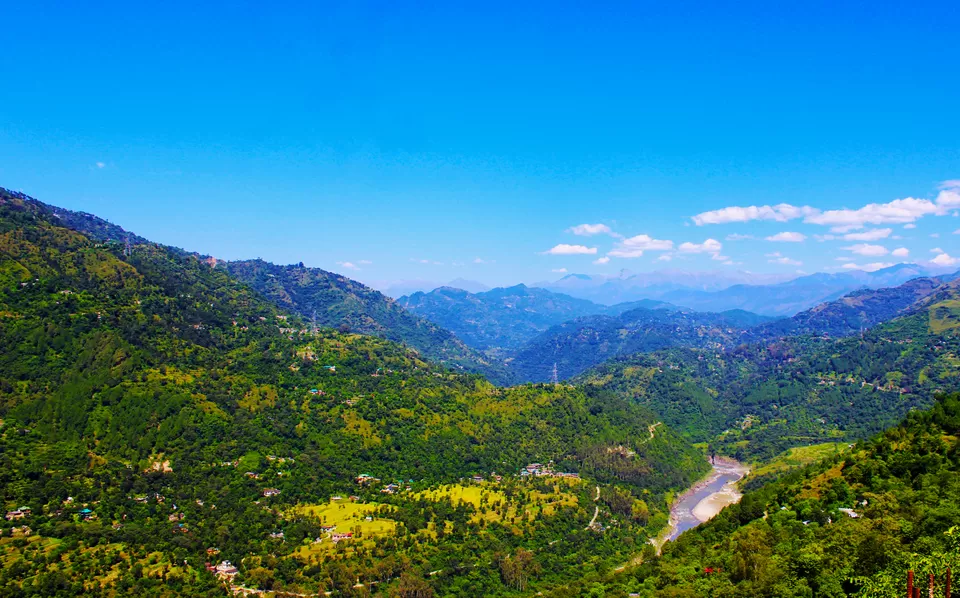
Located in the heart of the Mandi town, in the main street of market, ancient temple of The Bhootnath Mahadev is situated. The Bhootnath temple is devoted to the Great Lord Shiva. The Bhootnath temple was built in the ancient style with carved stone pillars. Practically Bhootnath temple is synonymous with Mandi, Bhootnath Temple is as old as the Mandi town itself. The Bhootnath temple was built by Raja Ajber Sen (King of Mandi) in 1527 AD.

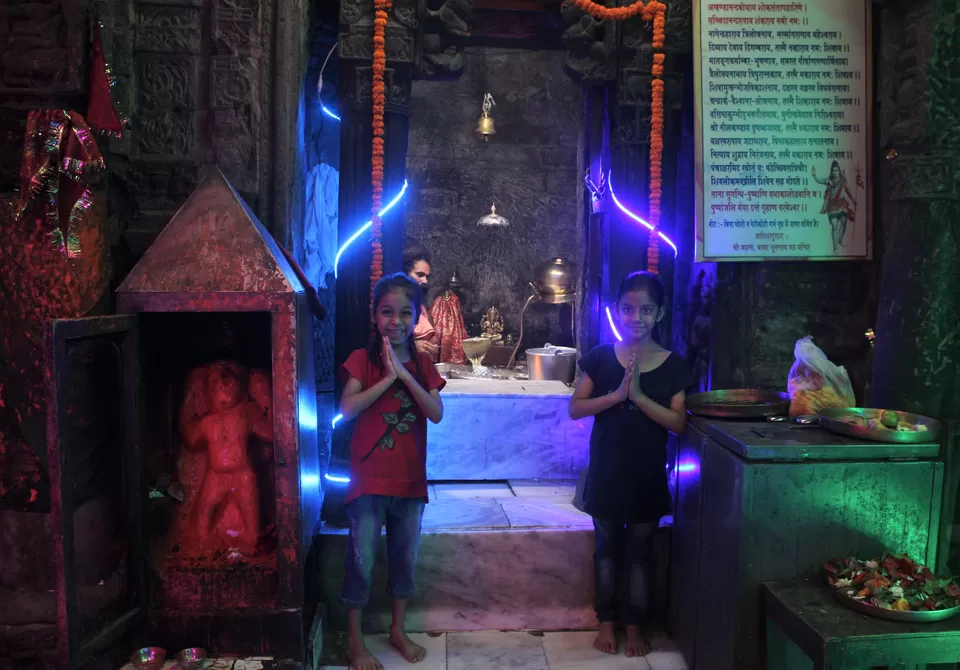

In the month of March, The town celebrates the festival of International Mandi Shivaratri Fair. The International Mandi Shivratri Fair is a major event and the Bhootnath temple is its main focus. For an entire week, the town celebrates the arrival of hundreds of local deities on the elaborately decorated palanquins.


Baba Maha Mritunjaya Shiva Temple is another Shiva temple in Mandi town devoted to Lord Shiva. Located in the heart of Mandi town Maha Mritunjaya Shiv Temple is one of the oldest temples in Mandi. The word “Maha Mrityunjaya” states the person who can defeat death. It is also believed that a person who worshiped Lord Shiva can able to do so. It is believed that worshipping Maha Mrityunjaya form of lord Shiva vanishes all kind of physical pain and illness.


The temple was built in the ancient Shikhara architecture. It is an ancient temple built by the carved stone pillars. There are many sculpture of Hindu God and Goddess carved on the stones. The idol of Lord Shiva is worshipped in Maha Mritunjaya temple along with Ganesha and Goddess Parvati. A statue of Nandi bull is also situated outside the temple.


Around Mandi :-
Parashar Lake lies 49 km north of Mandi District, Himachal Pradesh. The Parashar Lake is surrounded by the high mountains of the great Dhauladhar ranges. The pristine blue Parashar Lake is located amidst in the Dhauladhar ranges of Kullu. Parashar Lake is a beautiful lake located at an altitude of 8,956 ft. (2730 m.). Parashar Lake is an abode for nature lovers and offers its visitors tranquility and beautiful views of the Dhauladhar, Pir Panjal and Kinnauri mountain ranges. The deep blue water Lake dedicated to Sage Parashar (Rishi Parashar) and he is regarded to have meditated here. Parashar lake is Surrounded by snow-capped peaks and looking down on the fast flowing river Beas. There is a round floating island inside the lake like a pearl in the Ocean. Other than its charismatic natural beauty, the place is famous for the three storied Pagoda styled temple (Pagoda style is traditional style particular used to build a religious place communally used in Buddhist traditions), which is located on the bank of the Parashar Lake. The lake seems to be enchanted by the architecture and calmness of a Pagoda styled temple standing by the side, surrounded by the snow peaked mountains.
Dear fellow travelers I have written a whole article on Parashar Lake, so for the detailed information about Parashar Lake please visit the link below.
https://www.tripoto.com/trip/when-the-girl-met-parashar-5cbac62e400a0
Frequent Searches Leading To This Page:-
himachal pradesh package with flight, himachal tour packages with flight, himachal pradesh yoga retreat, himachal pradesh 10 days package, himachal pradesh 4 days package, 6 nights himachal package, 7 nights himachal package, 7 nights 8 days himachal package















